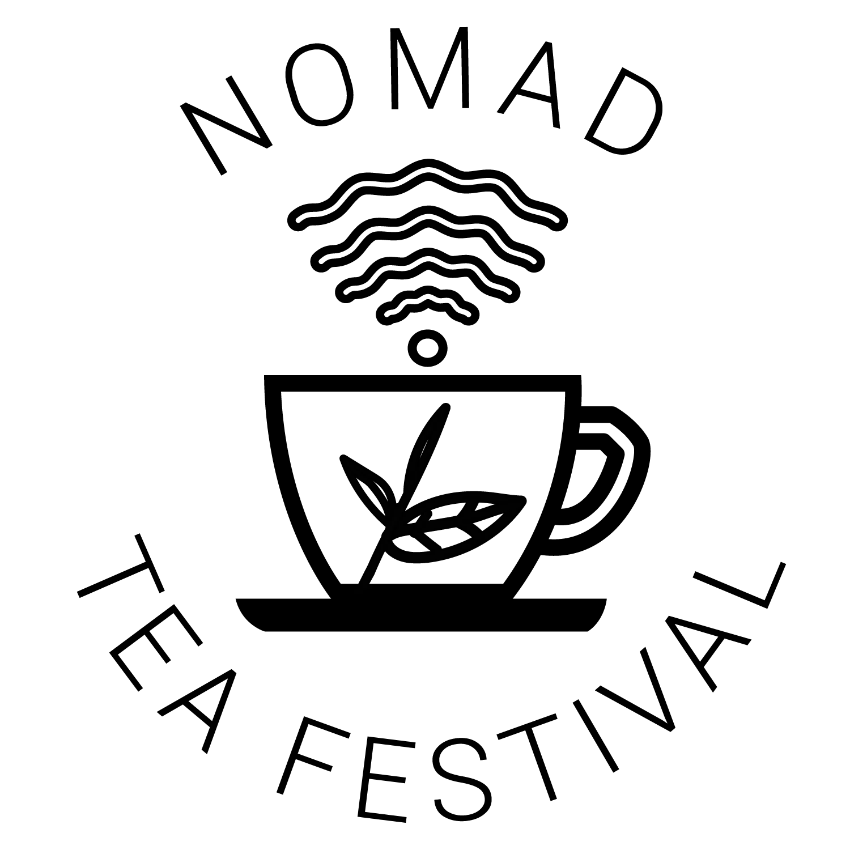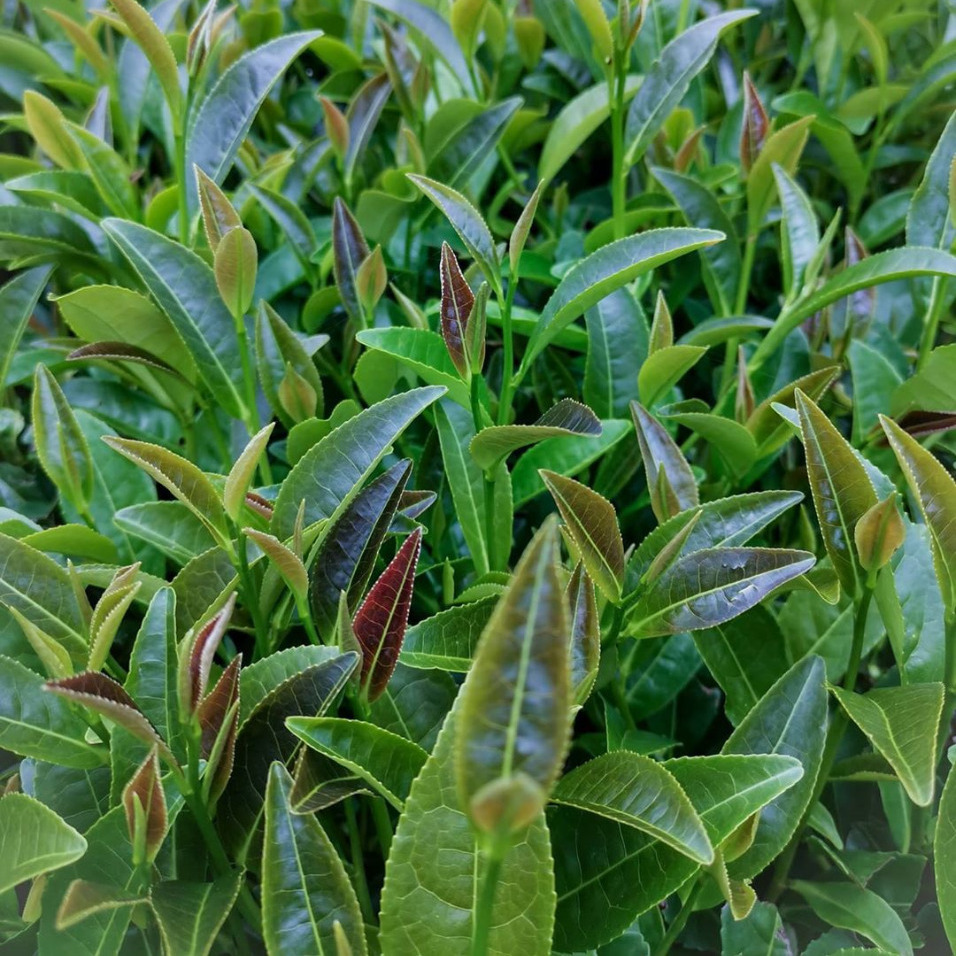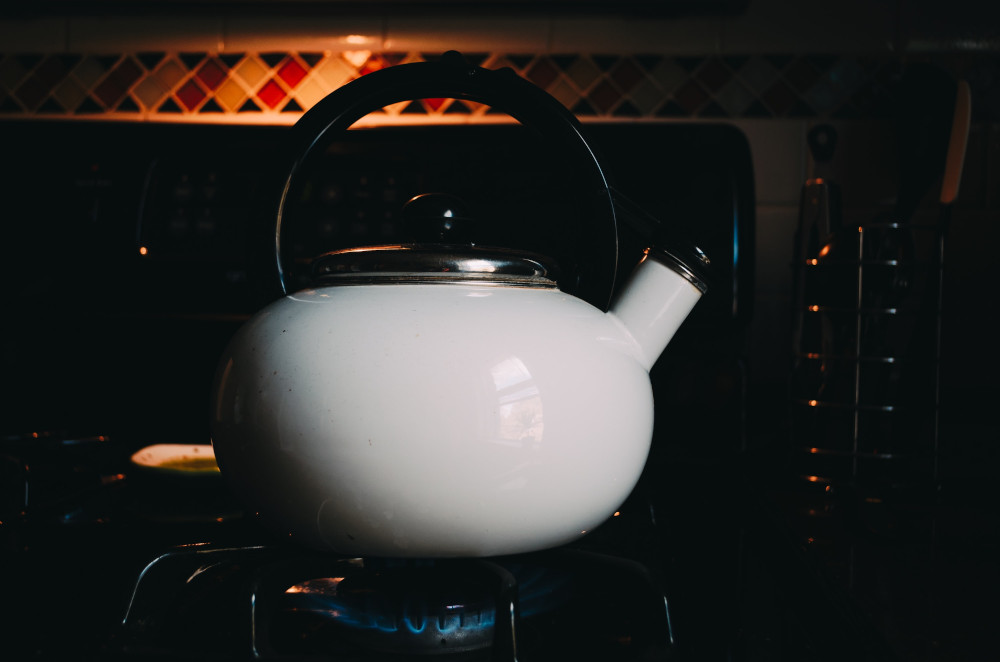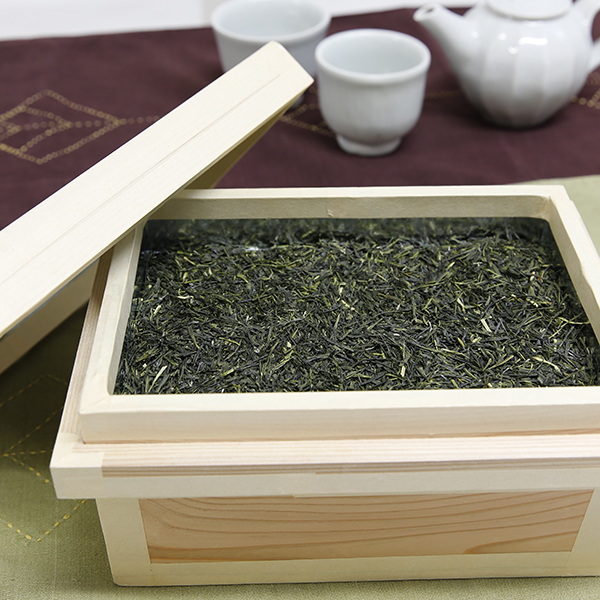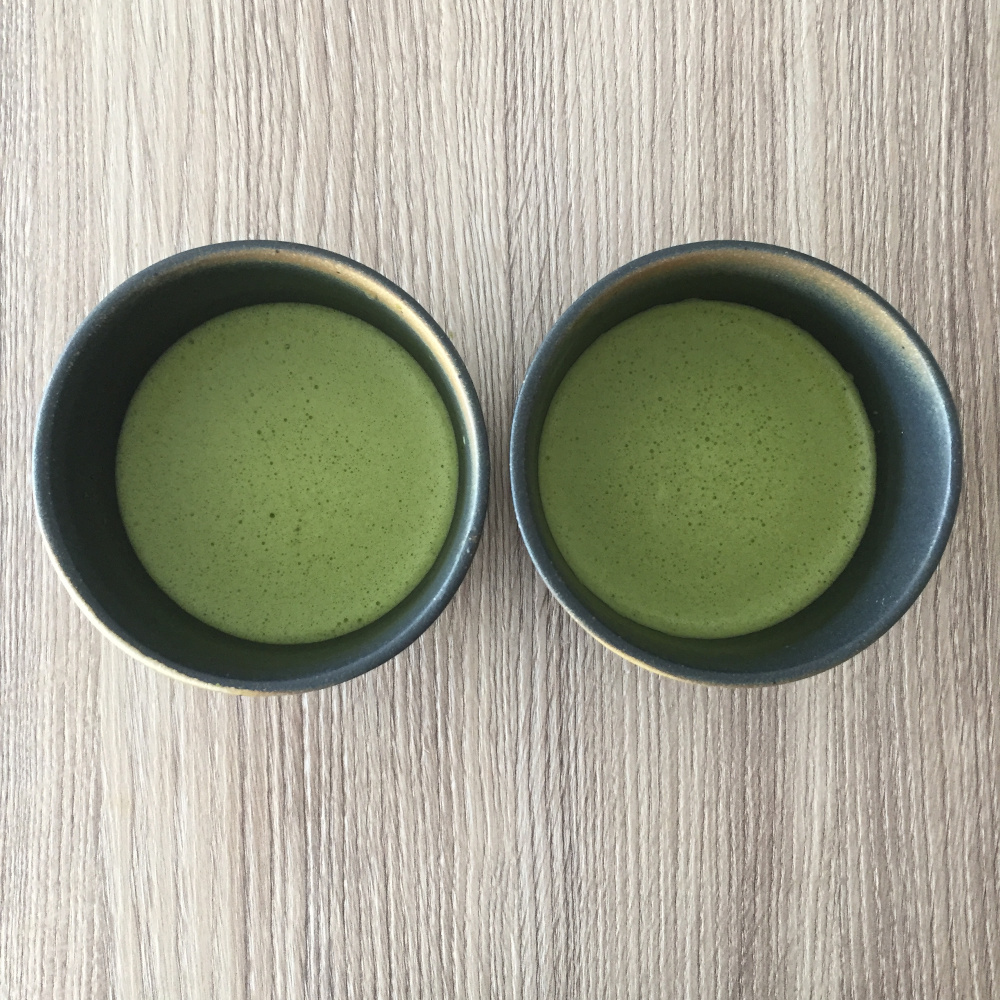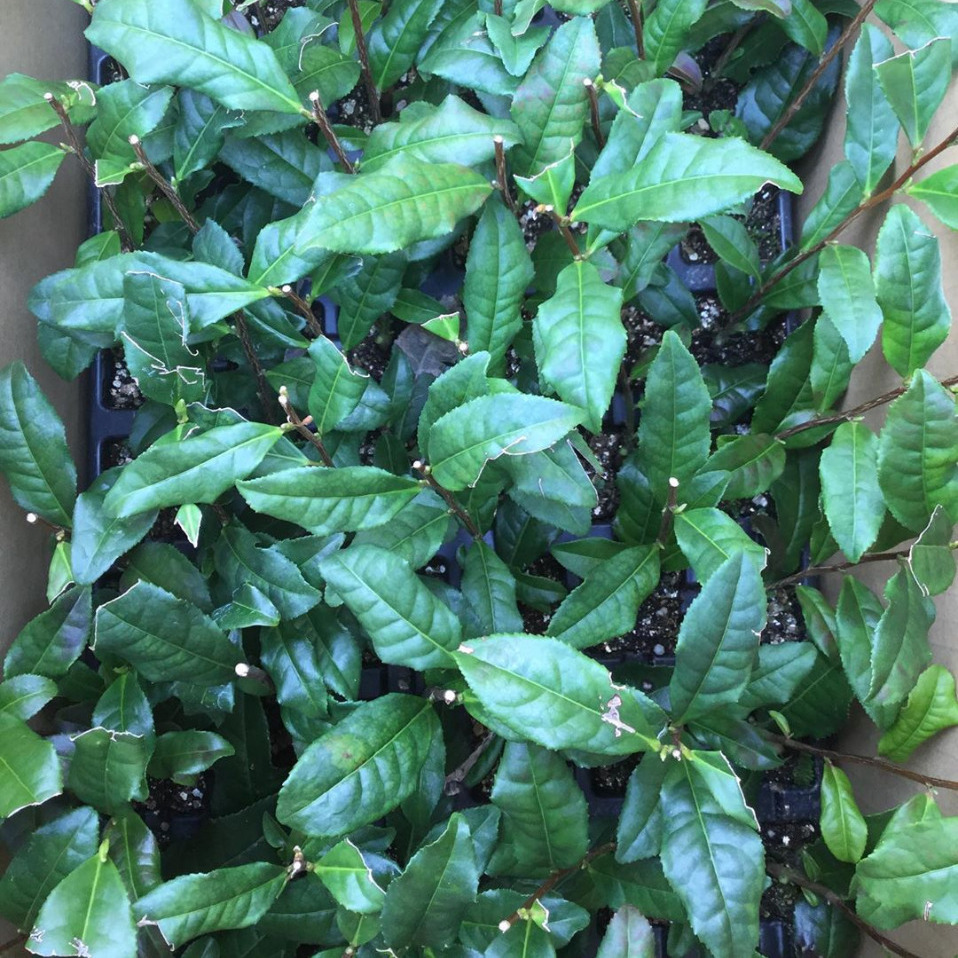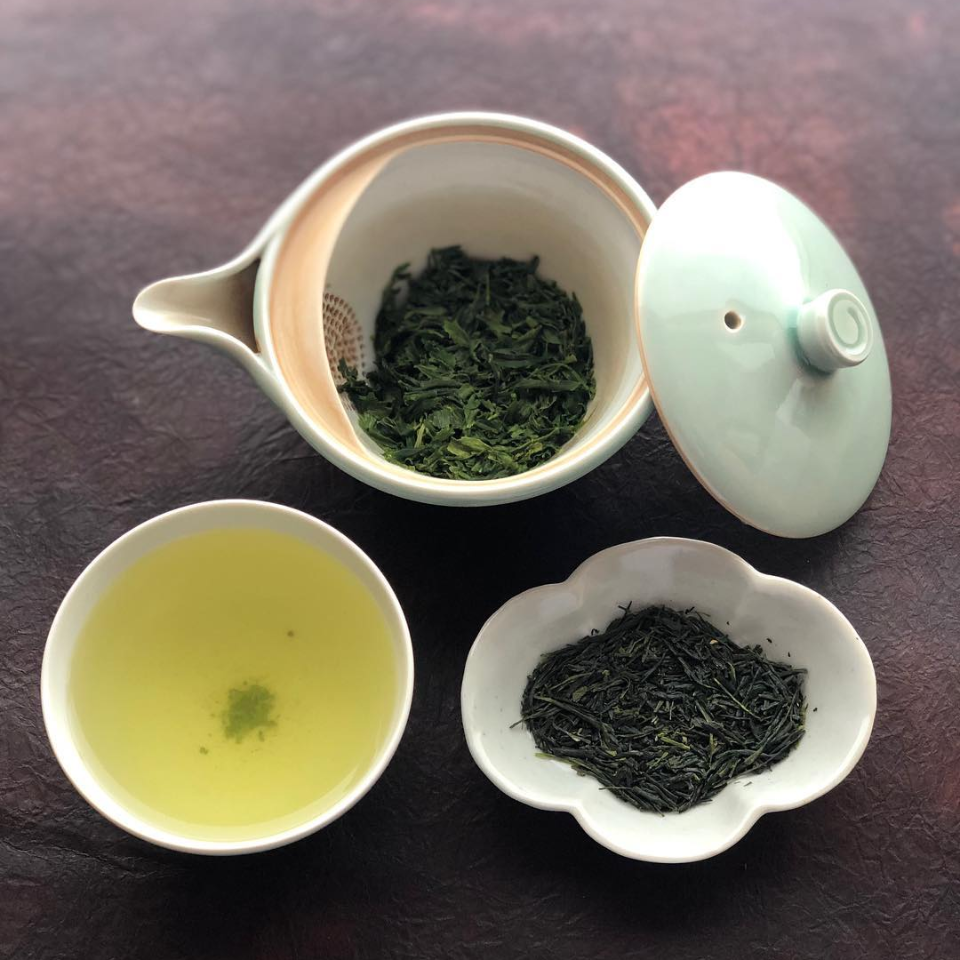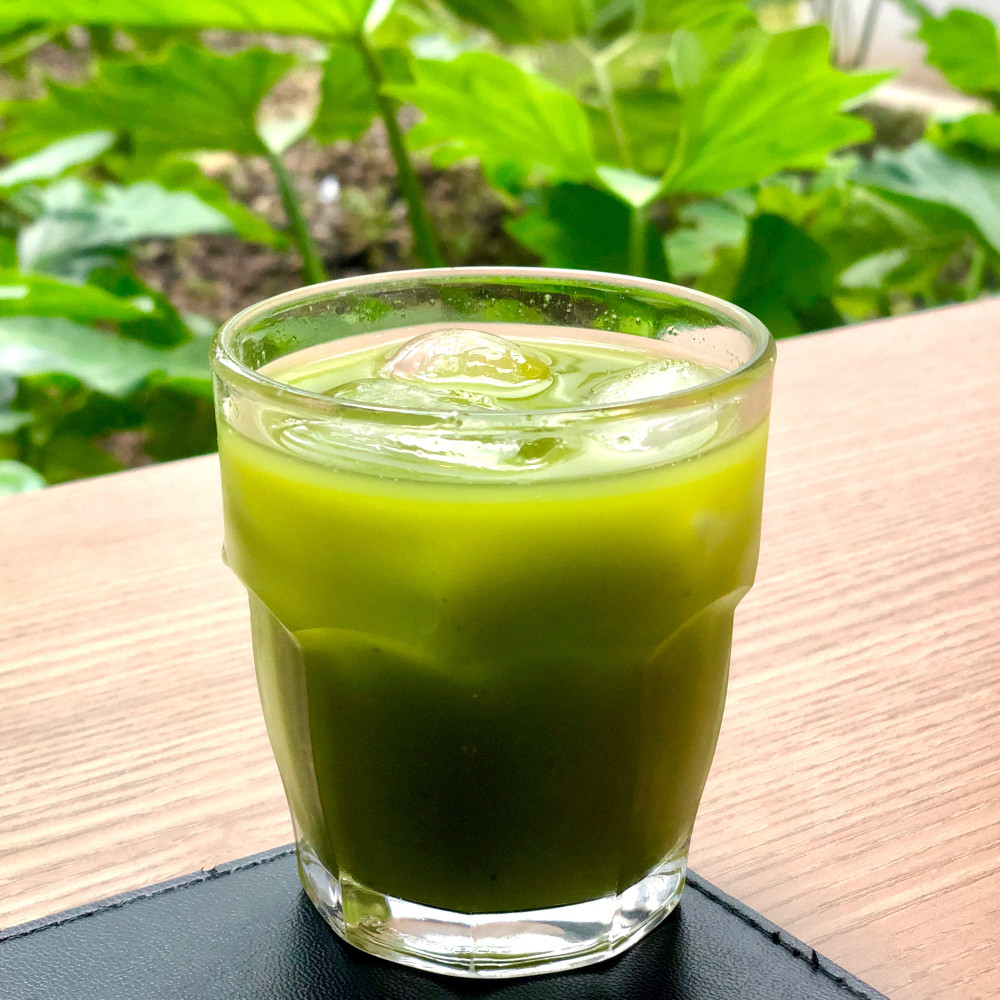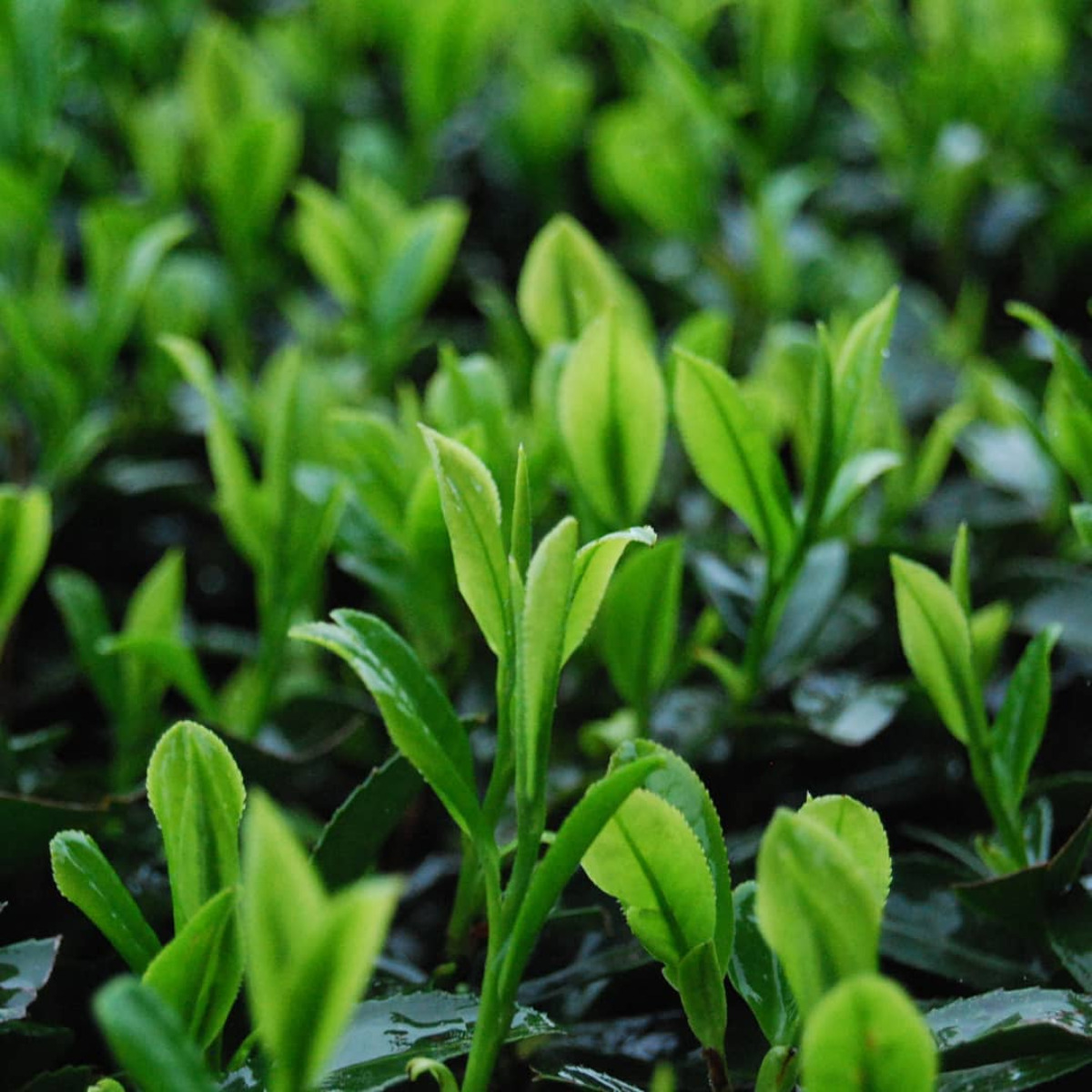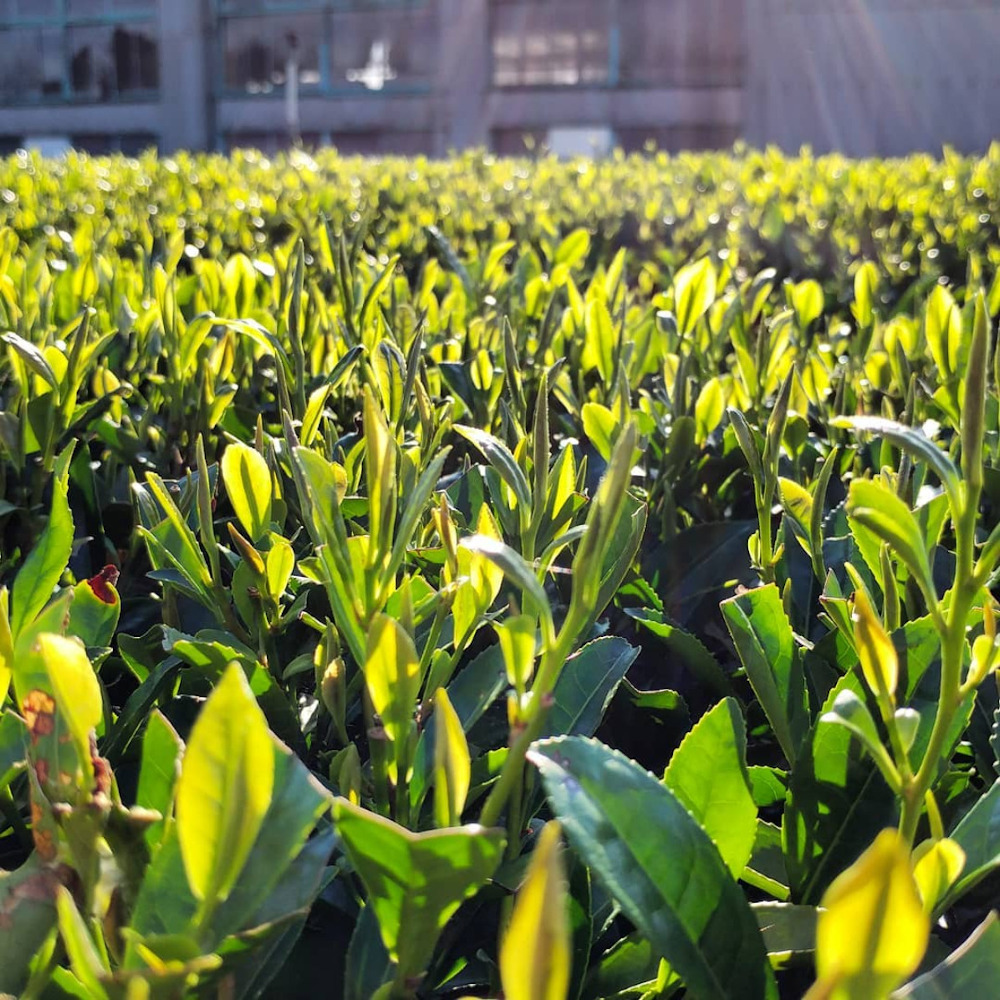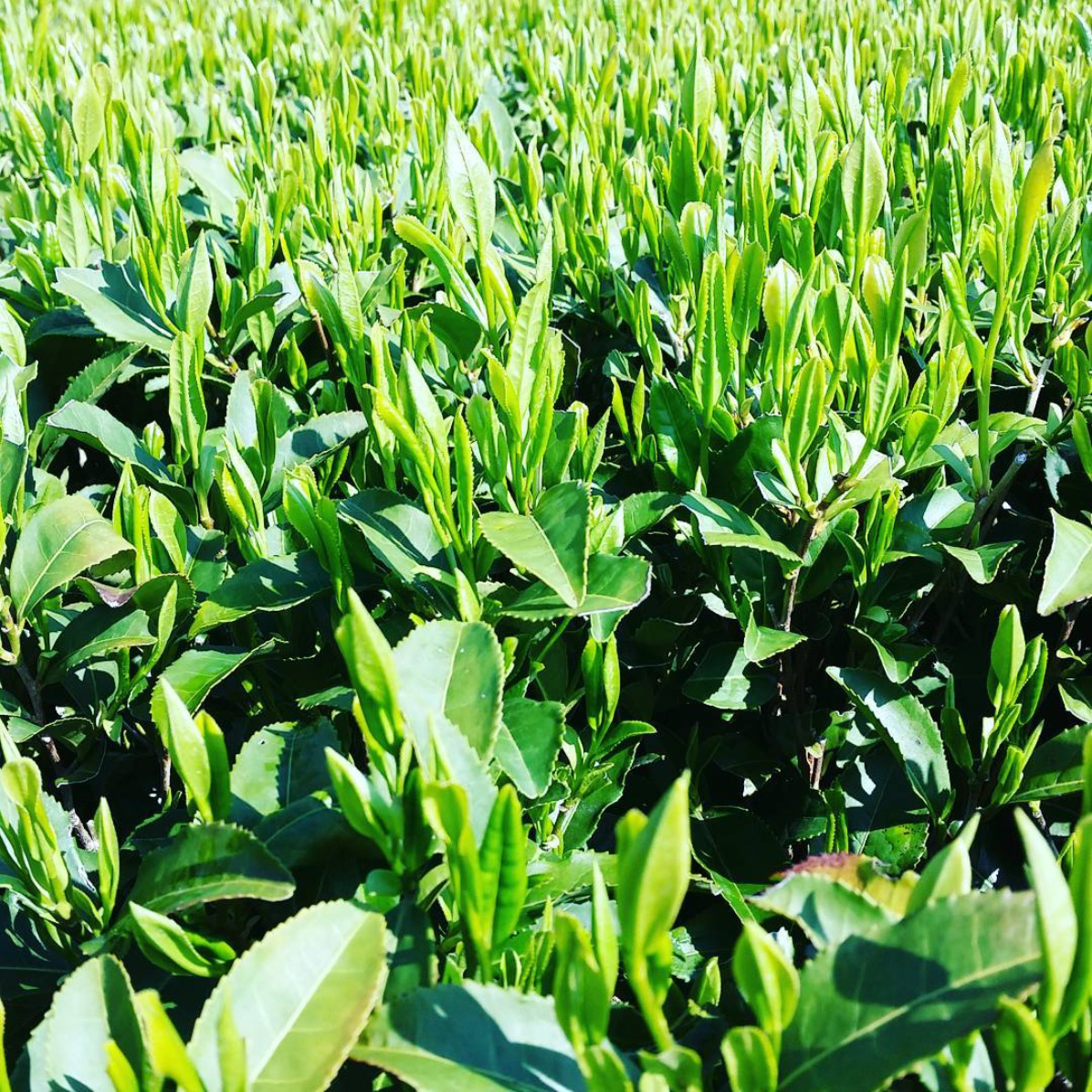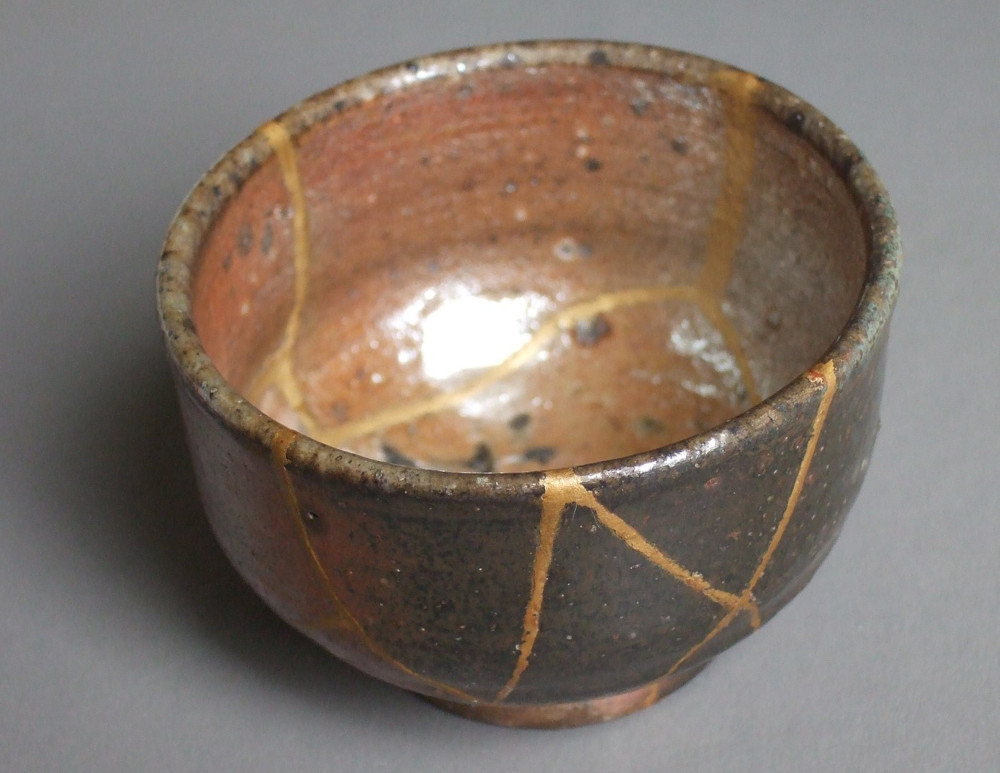Two weeks ago I attended the Nomad Tea Festival, which is a virtual tea event. I had missed other virtual tea events because of my work schedule, so I...
The Shizu-7132 Tea Cultivar
Shizu-7132 (静7132) is an unregistered Japanese tea cultivar whose main characteristic is its unique aroma of cherry blossom (sakura). I can’t think of a better aroma to represent spring...
Will Boiling Water Ruin Green Tea?
A common myth regarding green tea is that it shouldn’t be prepared with boiling water. This is absolutely false, because some green teas such as bancha and houjicha are...
Chabako
Chabako (茶箱) means tea box. There are two types: the chabako used in the tea ceremony to carry the utensils, and the one used for storage and transportation of...
Preparing Matcha with Boiling Water
There’s a myth that boiling water “burns” green tea, including matcha. I’ll talk about that in another post, but actually some green teas taste better in boiling water. Regarding...
The Ujihikari Tea Cultivar
Ujihikari (うじひかり) is an unregistered cultivar which is nevertheless not so uncommon in Kyoto prefecture. Like many of the cultivars developed in Kyoto prefecture, it is meant for gyokuro...
The Shuntarou Tea Cultivar
Shuntarou (しゅんたろう) is as far as I know the earliest budding cultivar in Japan. This means that it can be harvested before other cultivars, which is an advantage for...
Astringency in Green Tea
This term is commonly used in wine, but it also applies to tea. Astringency isn’t a flavor, but rather a sensation in the mouth and throat. It’s often described...
The Kuritawase Tea Cultivar
Kuritawase (栗田早生) is a very early budding cultivar that can be found in Kagoshima prefecture. Since southern Japan is warmer, early budding cultivars offer the advantage of having shincha...
The Saeakari Tea Cultivar
Saeakari (さえあかり), meaning “clear brightness”, is one of the cultivars that has been getting the attention of Japanese tea farmers in recent years. This cultivar was developed in an...
The Asanoka Tea Cultivar
Asanoka is one of those Japanese cultivars that are uncommon, but you can manage to buy a sencha made with it outside Japan. It is mostly cultivated in Kagoshima...
Kintsugi
Kintsugi (金継ぎ) can be literally translated as “gold mending”. One would imagine that gold is used as the bonding agent in this technique for repairing pottery, but it’s actually...


